Vultures are medium- to large-sized birds of prey, which are known for eating carrion (the bodies of dead animals). There are 23 species of vultures. One of their characteristic behaviors is to soar in circles high above the Earth’s surface, using rising air currents to maintain their elevation.
Some vultures have very good eye-sight, and use this to spot animal’s bodies, or other scavengers around a body, before flying down to feed. Other vulture species use a very keen sense of smell to locate their next meal. Their habit of earing carrion is extremely beneficial to humans, as it has a considerable effect on reducing the spread of diseases, some of which can be fatal. Read on to learn about the vulture.
Description of the Vulture
Vultures have a heavy body, a hunched-over stance, and their feathers often appear shaggy and looser than other birds. They are generally, but not always, a dull brown or black over the body. Some species have paler underparts, or heads and throats that are bright red or deep blue.
One characteristic of many vultures is their bald head and sometimes bald throat. It is thought this helps keep their head clean when they are feeding inside animal bodies, but it may also help them regulate their body temperature. Vultures have a strong, hooked beak to help them tear open carcasses. Their wings are very broad compared to other birds – this helps when they are soaring the skies searching for food.
Interesting Facts About the Vulture
There is no doubt that many people find the feeding habits and appearance of vultures to be highly distasteful. However, as a carrion scavenger, they have evolved some interesting characteristics which give rise to some interesting facts about them.
- Immense Nest – Some vultures make nests in tree-tops, which can be as large as a king-size bed.
- Opinion – Charles Darwin wrote that vultures were “disgusting,” and had bald heads “formed to wallow in putridity.”
- Faster Flight – If threatened, vultures can immediately vomit the entire contents of their stomach to allow them to make a quick take-off, or to fly faster.
- Speed of Eating – A vulture can eat more than 2 lb (1 kg) of meat in 1 minute.
- Alternate Name – Some vultures are known as “condors,” such as the California condor.
- Common Noun – A group of vultures perching together is called a “committee,” “venue,” or “volt.” When in flight they are called a “kettle,” and when feeding together at a carcass, they are referred to as a “wake.”
Habitat of the Vulture
The larger vulture species require a habitat that allows them to see or smell carrion while they soar in the sky. This means their habitats usually include plains or savannas, although some live in open mountain regions. Some smaller vulture species can be found in suburban areas.
Distribution of the Vulture
Vultures are found on all continents of the world except Antarctica and Australia. However, they are in severe danger of becoming extinct in some locations, meaning this distribution could change in the near future.
Diet of the Vulture
Although they are classified as birds of prey, they rarely kill other animals. Vultures are almost exclusively carrion eaters. They usually feed in large groups, often with other vulture species and other carrion eaters. There is an immense amount of squabbling between these animals, but despite this, they can strip the body of the biggest mammal in just a few minutes.
Vulture and Human Interaction
Vultures provide a great benefit to humans, as they get rid of bodies that would otherwise rot and attract insects that transmit diseases to both livestock and humans. In addition, their highly-corrosive stomach acids are able to attack bacteria and viruses, thereby preventing the spread of fatal diseases, such as anthrax and rabies.
Vultures are in sharp decline due to a variety of reasons. They can die after eating livestock that have been treated with certain drugs, and farmers kill them to protect their livestock. Poachers kill them because they fear the birds soaring above them gives away their position, and also because the feet and head can be sold to practitioners of traditional medicine. Lead poisoning from eating spent ammunition is another danger to the vulture population.
Domestication
Vultures have not been domesticated.
Does the Vulture Make a Good Pet
It is illegal to keep vultures as pets; however, zoos may keep them.
Vulture Care
Because of their soaring and flying habits, vultures require very large enclosures or aviaries.
Behavior of the Vulture
The most characteristic behavior of vultures is their soaring behavior. As the sun warms the Earth, it also warms the air. This causes the air to rise in upward currents called “thermals.” Vultures take advantage of these thermals by flying into the rising air, spreading their wings and soaring to great heights without beating their wings. Once in the air, they can spot carrion with their very good eye-sight, although some species use a well-developed sense of smell (“olfaction”).
Reproduction of the Vulture
It is believed that vultures form bonds for life with just a single other individual (monogamy). They become sexually mature at 5 – 7 years of age. The females of larger species usually lay only a single egg, whereas smaller species lay 2 –3. The parents can produce offspring once every 1 – 2 years. Vulture eggs are incubated for 38 – 68 days (depending on the species), and only 10% of the chicks survive their first year.
Beliefs, Superstitions, and Phobias About the Vulture
In some cultures, the corpses of humans are deliberately left in the open for vultures to eat them. The corpses are sometimes ritually placed on elevated stone platforms for “sky burial.” It is believed that, by eating the bodies, the vultures free the souls of the dead humans, thereby allowing them to reach heaven.

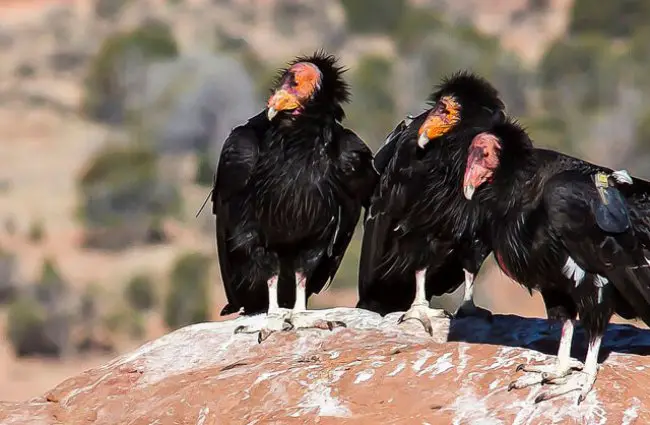

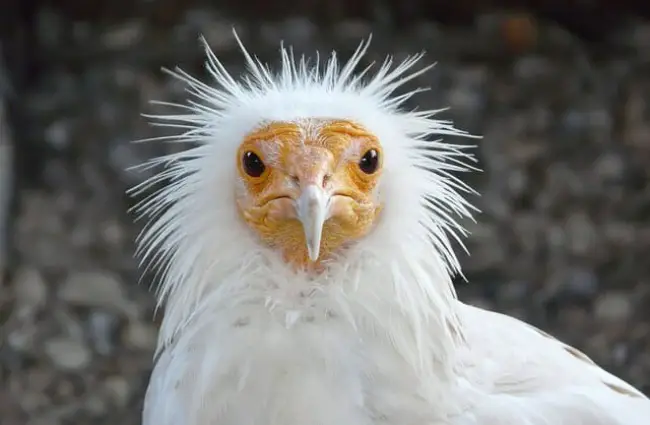
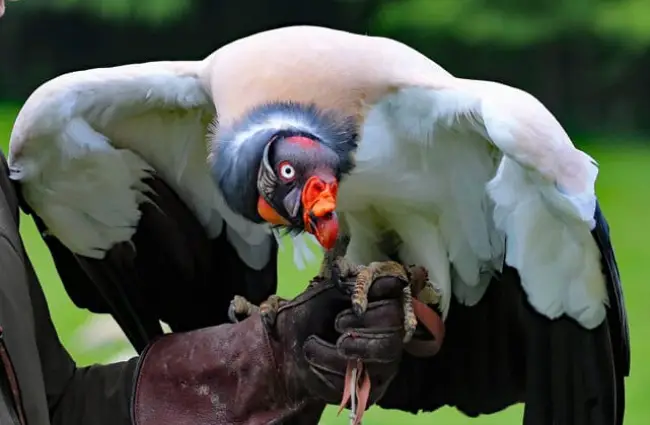
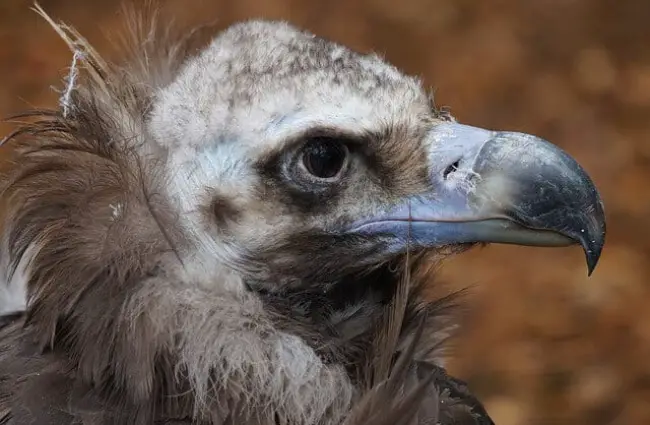

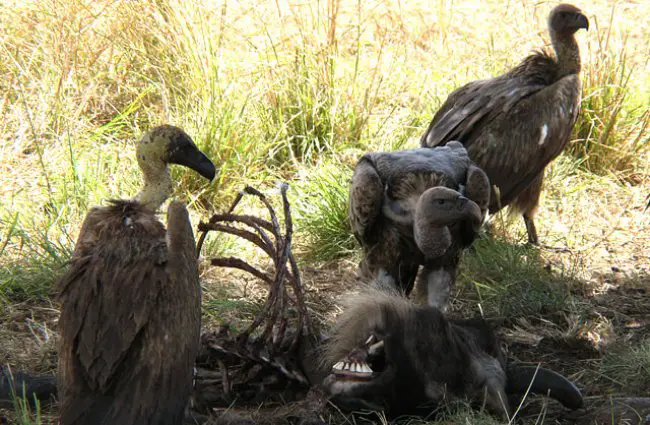


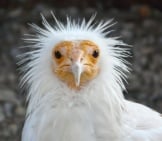
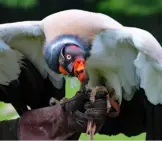
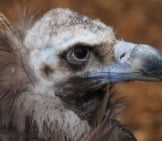
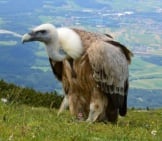

![Red Angus Closeup of a beautiful Red Angus cowPhoto by: U.S. Department of Agriculture [pubic domain]https://creativecommons.org/licenses/by/2.0/](https://animals.net/wp-content/uploads/2020/03/Red-Angus-4-238x178.jpg)












![Red Angus Closeup of a beautiful Red Angus cowPhoto by: U.S. Department of Agriculture [pubic domain]https://creativecommons.org/licenses/by/2.0/](https://animals.net/wp-content/uploads/2020/03/Red-Angus-4-100x75.jpg)

